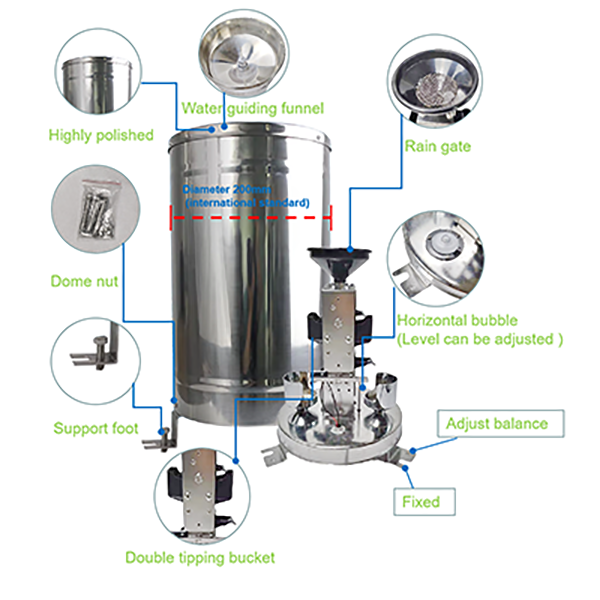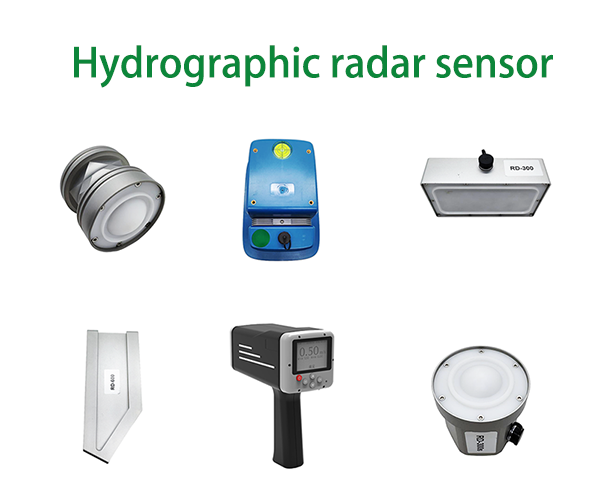Heavy rainfall is one of the most frequent and widespread severe weather hazards to affect New Zealand. It is defined as rainfall greater than 100 mm in 24 hours.
In New Zealand, heavy rainfall is relatively common. Often, a significant amount of precipitation occurs in only a few hours, leading to severe flooding and landslide risk.
Causes of heavy rainfall
Heavy rainfall occurs over New Zealand mainly because of the following common weather systems:
ex-tropical cyclones
North Tasman Sea lows moving to NZ region
depression/lows from the south
cold fronts.
New Zealand’s mountains tend to modify and amplify precipitation, and this often causes the frequent heavy rainfall we experience. Heavy rainfall tends be most common over the western coastal region of the South Island and the middle and upper North Island, and least common on the east side of the South Island (due to the prevailing westerlies).
Potential consequences of heavy rainfall
Heavy rainfall can lead to numerous hazards, for example:
flooding, including risk to human life, damage to buildings and infrastructure, and loss of crops and livestock
landslides, which can threaten human life, disrupt transport and communications, and cause damage to buildings and infrastructure.
Where heavy rainfall occurs with high winds, risk to forestry crops is high.
So how can we reduce the damage caused by rainfall by using sensors that monitor rainfall in real time and monitor water levels and flow rates to reduce the damage caused by natural disasters
Rain gauge
Post time: Oct-16-2024



